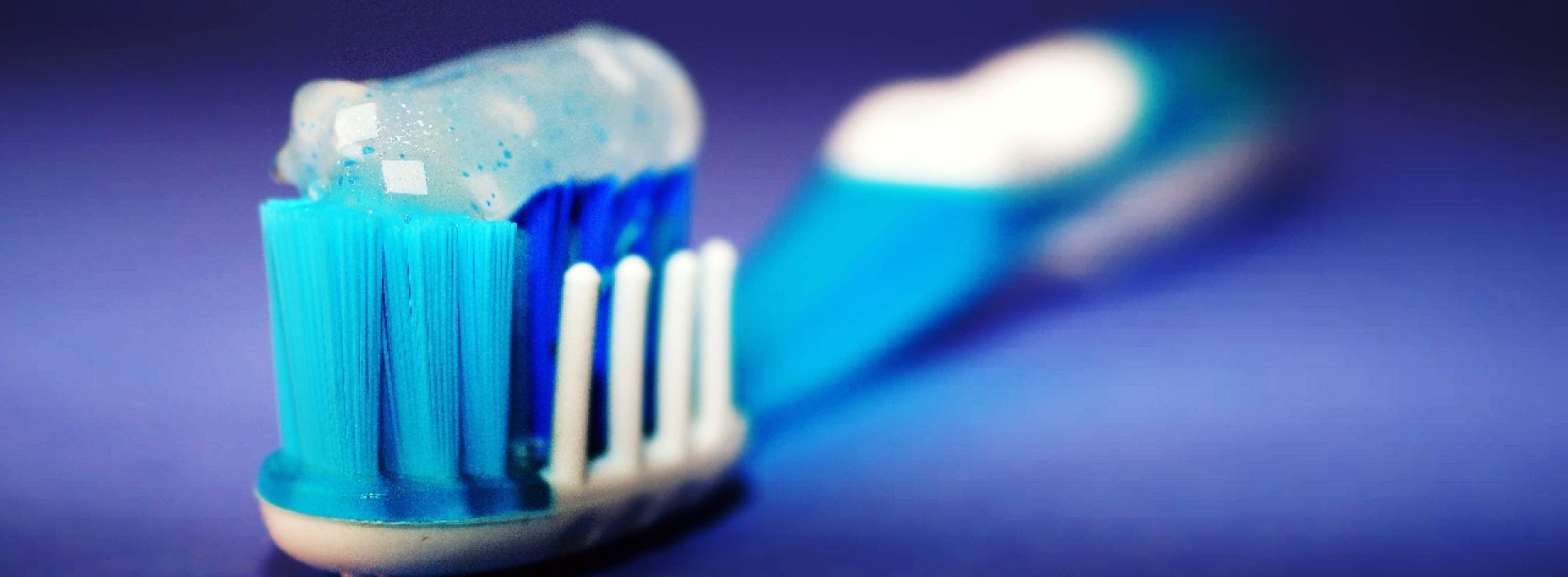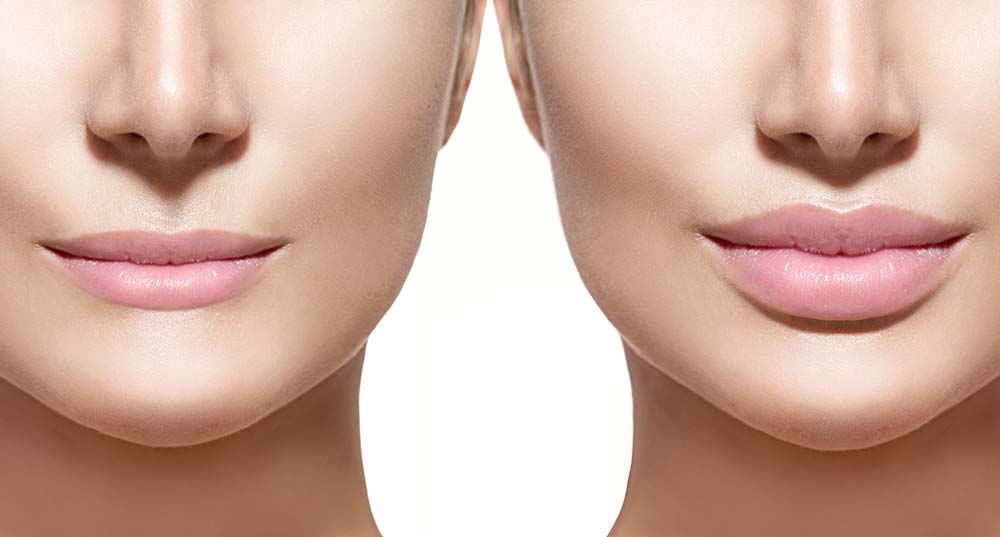Plastic surgery and pandemics are unlikely blends. One would expect that people would avoid medical establishments unless they really needed treatment. However, the rising popularity of these procedures seems tenacious in the face of pandemics. This article focuses on the trend of demand for plastic surgery during a pandemic.
Pandemics have plagued human beings from as early as 430BC with crippling effects on economies. Some like the infamous Black Death in mid-1300, the flu pandemic in late 1800s and the Asian flu in mid-1900 left millions of people dead in their wake. The latest one, COVID-19, has had similar effects to a point of bringing USA’s economic expansion to a complete halt. These pandemics led to strict measures such as social distancing, restricted movement and lock down in some states.
However, the risks that these pandemics posed did not deter discovery and subsequent popularity of plastic surgery. Although the first reconstructive surgery was recorded as early as 2500BC, these procedures gained traction in America in 20th century when use of anesthesia came into play. Despite the Asian flu, doctors performed reconstructive procedures on victims of World War 1. This progressed into cosmetic surgery when surgeons discovered the potential it held in improving self-esteem. This gained further popularity in 21st century due to increased exposure to media, which peddled the notion that beauty equals a perfectly sculpted body.
COVID-19 served to prove further that the culture of body sculpting was on an upsurge. It is noteworthy that demand for these medical procedures was already booming before the contagion. People no longer shied away from telling of their experiences on the operating table to a public audience, especially on social media platforms. As the virus spread and various mitigation measures put in place by governments, the number of patients seeking these procedures grew rapidly.
The reasons for this rise in plastic surgery enthusiasts during the pandemic included that patients could hide their surgical wounds behind masks after rhinoplasty or lip-augmentation. Also, an increase in remote working meant that individuals could heal in the privacy of their homes. The only impediment to this has been the fact that some health professionals only admit individuals that are in dire need of plastic surgery while locking out those that seek non-essential procedures as a way to curb the spread of the virus.
In conclusion, demand for plastic surgery during a pandemic has been found to rise regardless of risks involved. This has been aided by other factors such as favorable methods used by plastic surgeons and the kind of procedures that they admit in their clinics. The media also contributes largely to its popularity by touting the idea that an ideal body is perfectly sculpted. Additionally, measures such as remote working and mask-wearing during a pandemic enable individuals to enjoy the privacy they need to undergo plastic surgery and heal.






